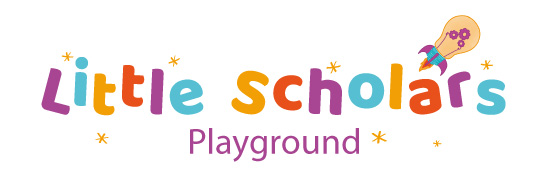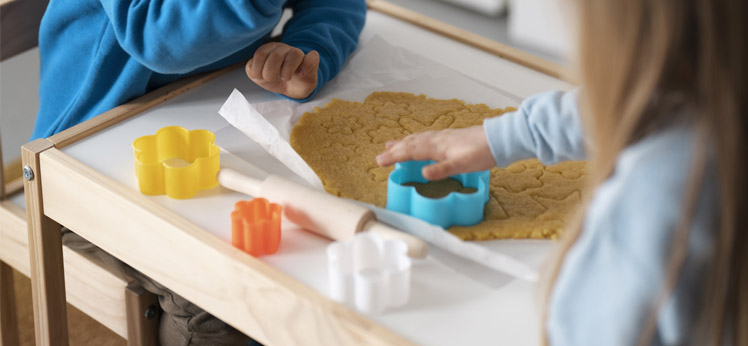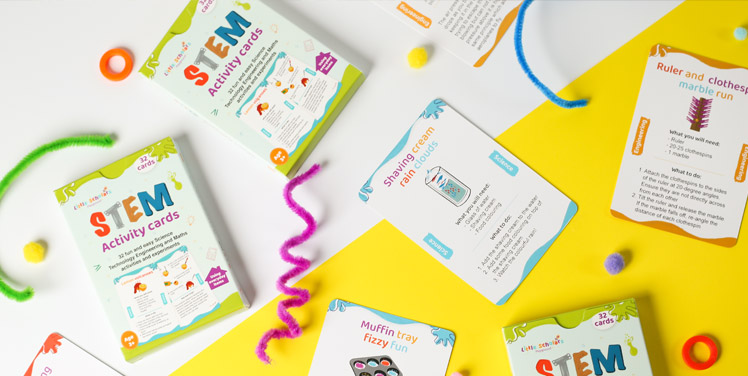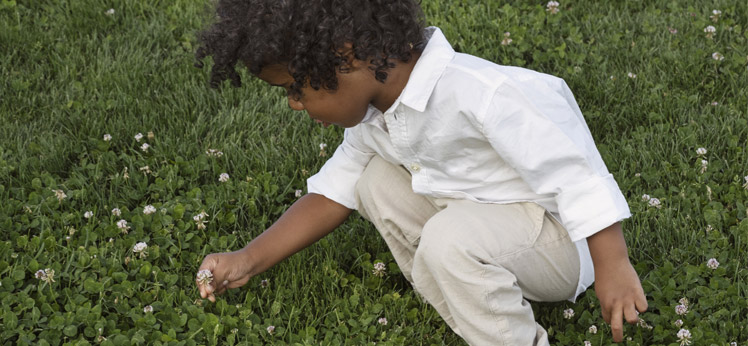Sensory play is a favourite in our house! We try to do some sensory play with our daughter at least a few times per week. We love watching our daughter develop and thrive through this type of play. Sensory play is a crucial part of a child’s learning and development but we know it can feel a little overwhelming. Whether its knowing what to do or worrying about the clean up afterwards, hopefully this blog will help you get started!
The benefits of sensory play for children
- Cognitive development: sensory play engages stimulates multiple senses and enhances cognitive abilities like problem-solving, decision-making, and creativity.
- Fine motor skills: sensory activities involving textures, pouring, scooping, and manipulating objects helps to develop children’s hand-eye coordination and dexterity.
- Language development: sensory experiences provide opportunities for children to express themselves verbally, expanding vocabulary and communication skills.
- Emotional regulation: sensory play can have a calming effect on children (and let’s face it, us parents will try anything to help calm our children), helping children to regulate emotions, reduce stress, and build resilience.
- Imagination and creativity: sensory materials inspire imaginative play, encouraging children to explore, experiment, and invent new ways of interacting with their environment.
- Scientific inquiry: Sensory exploration lays the groundwork for scientific curiosity, as children observe, hypothesize, and experiment with cause and effect. Our STEM Activity Cards are a great pack to get children involved in science activities early on. They’re simple, fun and can be created with everyday items from the supermarket. Shop our STEM Activity Cards here.
- Self-Discovery: Through sensory experiences, children learn about their preferences, sensitivities, and boundaries, fostering self-awareness and self-confidence.
Tips to win at sensory play
Keeping sensory play simple can be both effective and practical.
- Use everyday materials by utilising common household items like rice, pasta, beans, water, sand, flour, and oats.
- Limit the materials: Offer a few sensory materials at a time to avoid overwhelming children. This allows them to focus more deeply on the experience. –
- Focus on one sense: while sensory play often engages multiple senses, sometimes focusing on just one sense can simplify the activity. For example, playing with different textured fabrics or exploring various scents.
- Open-ended play: Provide materials without specific instructions. This helps to allow children to freely explore and create their own experiences. This encourages creativity and problem-solving.
- Minimal setup: keep your sensory set up simple and easy to clean. Use trays or containers to contain messes and consider using materials that are easy to sweep or wipe up.
- Outdoor exploration: nature around us provides a rich sensory experience for children. It offers wonderful textures, sounds, smells, and sights. Take children outdoors to explore natural elements like dirt, leaves, grass, and water.
- Sensory bins: use sensory bins or trays to contain materials, making cleanup easier and more manageable. These can be as simple as a plastic tub filled with sand, water, or rice.
- Rotate materials: introduce new materials periodically to keep sensory play fresh and exciting. Rotate through different textures, scents, and colours to maintain children’s interest.
- Follow the child’s lead: In the words of Maria Montessori “Play is the work of the child”. Observe children’s interests and preferences and tailor their sensory play experiences accordingly. Let them guide the play and follow their cues.
Go with the flow when it comes to sensory play. We often spend so much time setting up a sensory activity that it can then be hard to sit back and watch our kids grab anything but the items we originally set up. What’s your favourite sensory activity you like to do with your child? Let us know in the comments below
Author
Natalie is the co-founder and illustrator at Little Scholars Playground. She is passionate about literacy, learning, illustrating, women in STEM and the Montessori practice.





